Many public safety departments are implementing incident dashboards to display important information to everyone in the agency. Dashboards are often mounted publicly in the station on a television or computer monitor. This allows responders from all ranks and positions to learn about active incidents.
There are many different styles of incident dashboards available, displaying everything from active incident details to real-time weather data. Here, we’ll briefly touch on some of the benefits that incident dashboards can bring to public safety agencies.
Access to Incident Data
Incident dashboards give first responders critical information about the calls they receive. While there are different kinds of dashboards, digital versions often integrate directly with computer-automated dispatch providers. This way, dispatch can notify stations with incident details in real time and responders receive alerts immediately.
Incident type, details, and location are important pieces of data to display. Another benefit of dashboards is that they can display information that might not be available in older dispatch systems.
Some dashboards will also show aerial or street view maps, weather radar, and other critical factors that can improve turnout and response. Seeing an overhead view of the incident location and relevant cross streets helps responders plan their route, ultimately reducing response times.

All of this information gives dispatchers and responders a better idea of the circumstances on the incident ground. They can note any significant hazards before they arrive, improving situational awareness.
Many dashboards are customizable, so departments can pick and choose what information to display based on their needs. Department training, rosters, and public events may also be displayed in a rotating format.
This helps departments focus on critical data that is necessary for response. Ultimately, seeing important data firsthand can also boost turnout and response times. Especially when dealing with unexpected or rare incident types, it’s incredibly useful to have details readily available.
Common Operating Picture
Another benefit of central dashboards is that everyone can access the same information. Chiefs, officers, responders, and other staff are on the same page. Some programs even display which units and appliances are actively responding to specific calls.
When everyone shares the same information, it’s easier to create a common operating picture across the entire department. This helps responders better prepare, coordinate information, prevent communication issues, and respond more efficiently.
Some dashboards will also display all active incidents in a department’s jurisdiction. Seeing where and when incidents happen can assist with predictive policing, data analytics, and similar tactics.
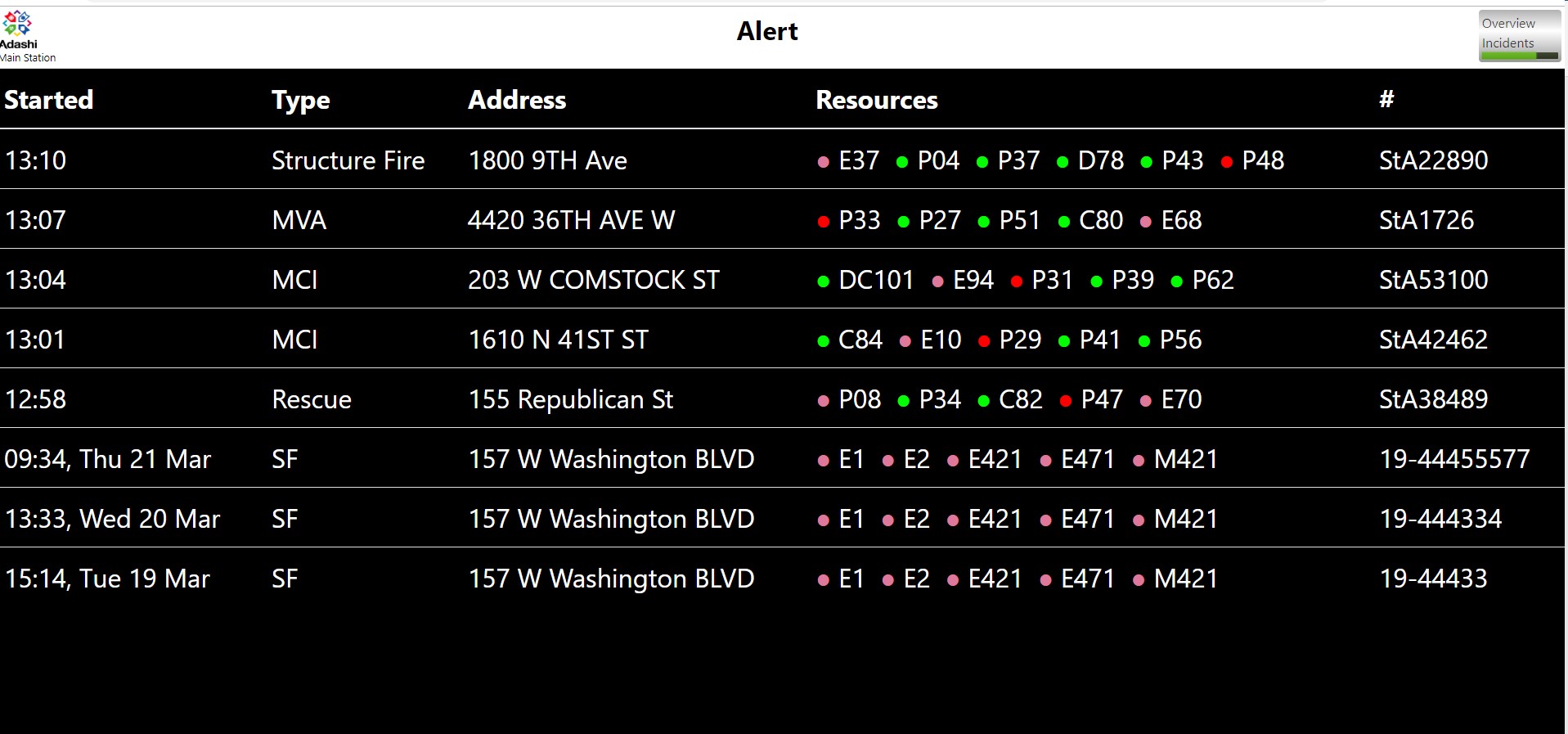
In a crisis, emergency responders can quickly see and understand what’s going on across various neighborhoods or regions. This can help departments better direct resources or request mutual aid.
Improved Turn Out Times
While dashboards come in many formats and styles, they often have one common benefit: boosting turn out. While a number of factors affect turn out and response times, station alerting systems can help responders get out the door faster.
To begin, many of these dashboards come equipped with an alarm that alerts responders to new calls. Some will include a loud siren, flashing lights, or other custom sounds to denote type of call. These elements are designed to grab your attention. The alerts help notify everyone in the station as soon a new call comes in.
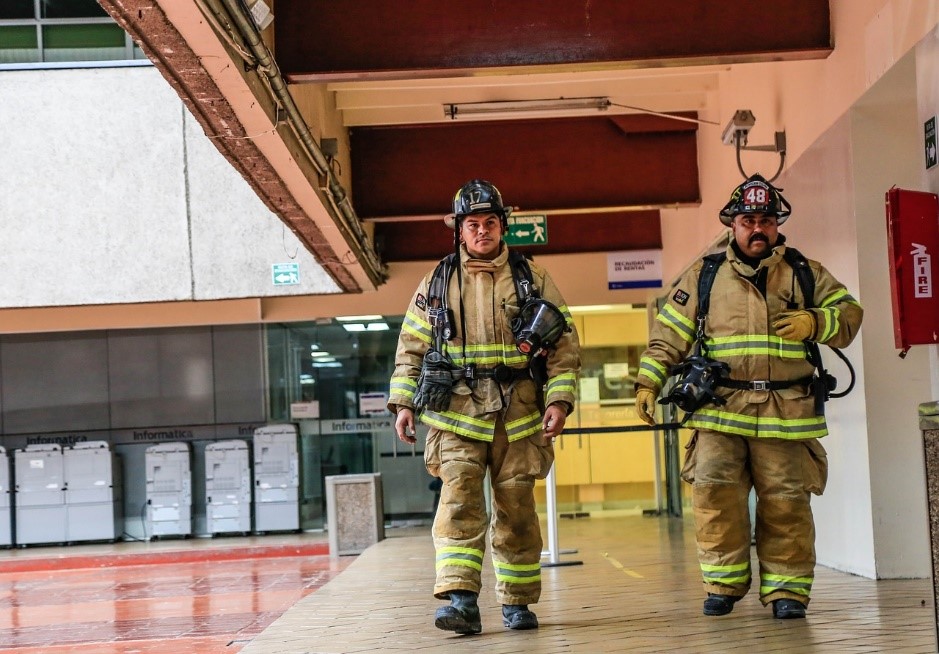
Some dashboards will also include a timer that measures how quickly responders get in their vehicles from when the call comes in. This helps chiefs accurately track turn out times. They can see if certain shifts or units are turning out more efficiently than others. It also incentivizes responders to decrease their turnout times.
Chiefs can use this information to assess how well their department is doing. With this data, leaders can decide whether to change their turn out tactics, technology, or procedures as needed.
Many departments are beginning to implement station alerting dashboards. These and other digital notification systems serve a variety of purposes and needs. Above, we have discussed just a few examples of the ways that incident dashboards can impact public safety agencies and their operations.
To learn more about incident dashboards and what they can do for your department, please feel free to contact us at sales@adashi.com.
If you enjoyed this article, check out some of our related posts:

Sanjay Kalasa is the president of Adashi. He is also a current active volunteer firefighter/EMT at the Rockville Volunteer Fire Department in Maryland.
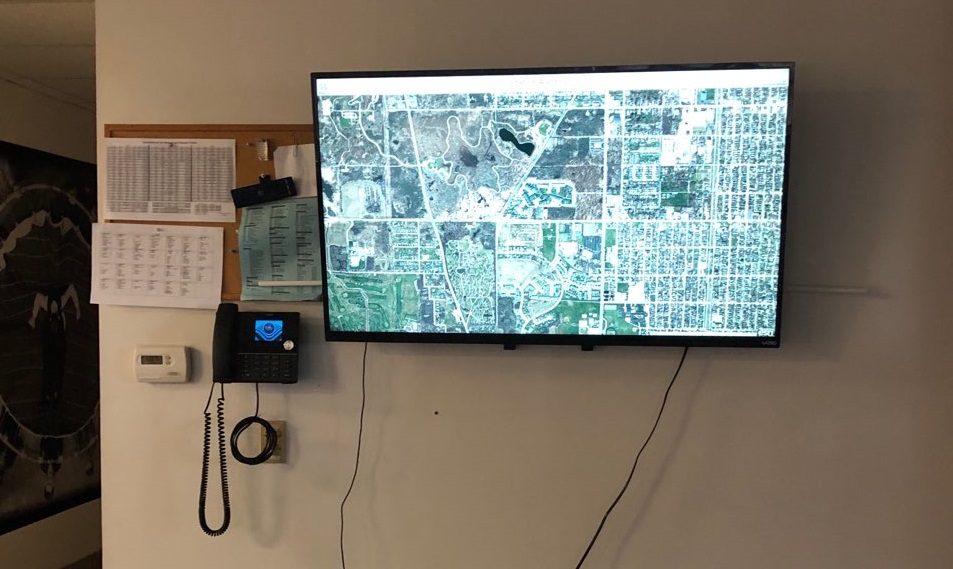
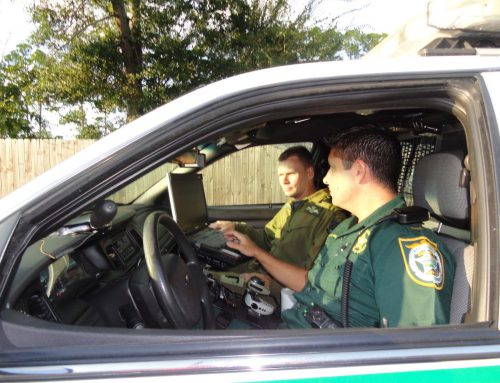


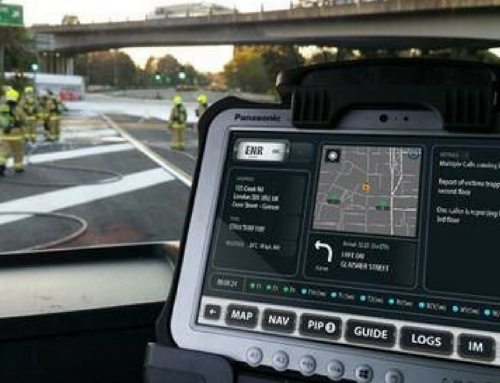
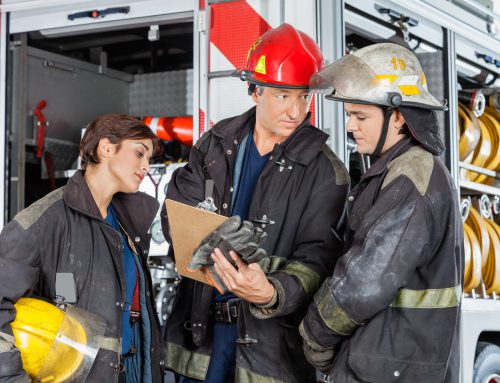
Leave A Comment
You must be logged in to post a comment.